It used to be common practice for vehicle owners to spend a Saturday afternoon in the garage, giving their vehicles a tune-up. There was a sense of pride and accomplishment in working under the hood, getting their hands dirty and knowing the efforts would help keep the car or truck running strong. Back then, vehicles were much easier to work on – the engine layouts were open, components were accessible and the average Joe didn’t need advanced training or complicated tools to perform maintenance.

Today’s vehicles are a different breed. The push for better fuel economy has led to smaller engines littered with computerized monitoring systems and complex technologies all tightly packaged together. As a result, most of us are taking our vehicles to repair shops for even the most routine maintenance. Yet all vehicle owners can still perform a quick engine “tune-up” with no tools or automotive background required. Instead of turning wrenches, it comes in the form of a fuel additive.
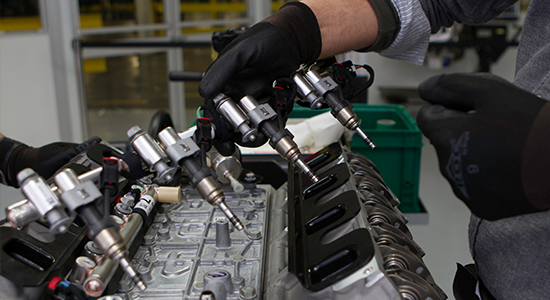
Motor oils are tasked with several functions beyond just lubricating, including keeping engine components clean. This is made possible by the use of detergent and dispersant additives. Their role is to prevent contaminants from sticking to engine components, especially hot components such as pistons and rings. However, motor oil is not able to prevent deposit build-up on certain components, including fuel injectors, intake valves and combustion chambers. That’s where boosting the cleaning power of gasoline comes into play.
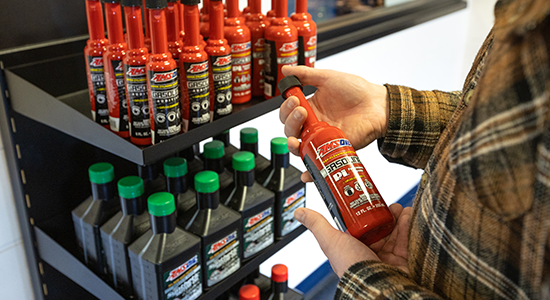
Fuel injectors are traditionally located in the air intake ports, and they spray fuel in a fine mist that mixes with air as it passes by the backs of the intake valves. Fuel injectors of this style are appropriately called port fuel injectors. Port fuel injectors become clogged with deposits over time, which causes that fine mist of fuel to turn into an unpredictable stream of fuel. As a result, the fuel doesn’t mix as well with the air, and the combustion of the mixture is less effective.
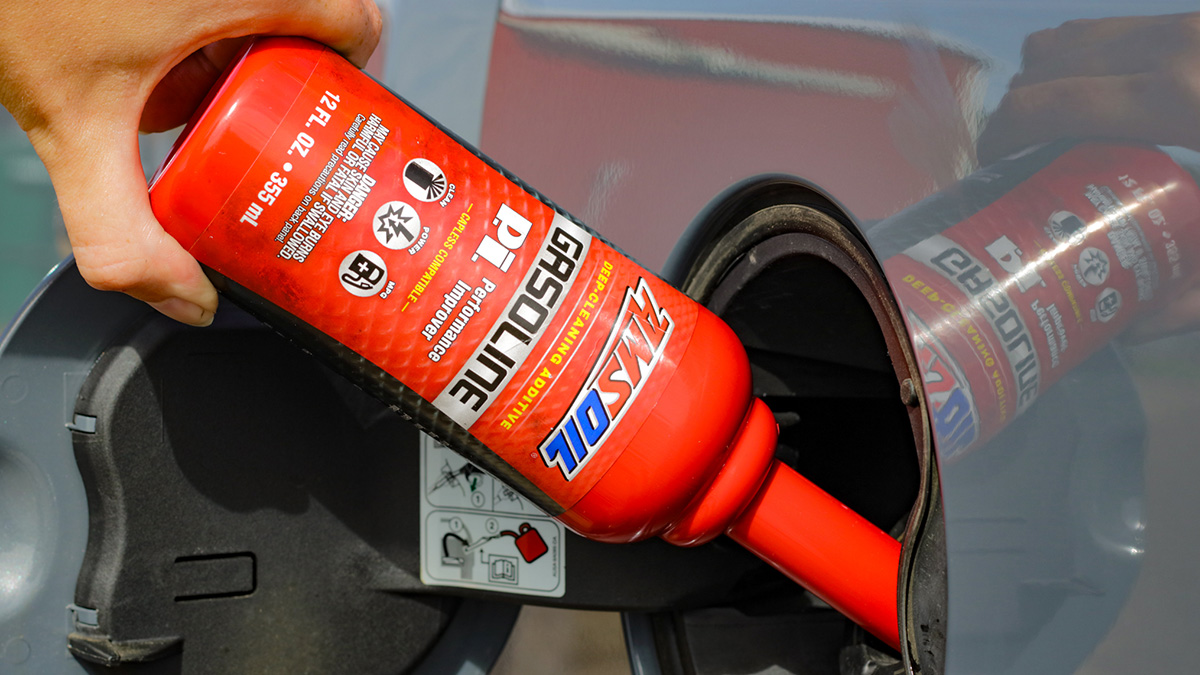

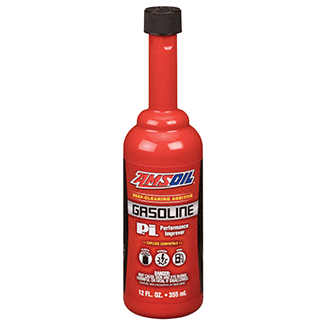

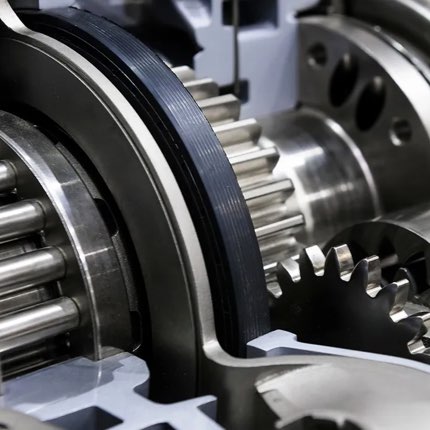

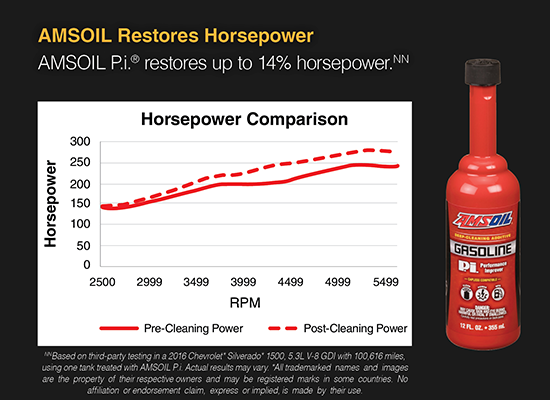




Comments
AMSOIL Market Manager and product expert.
Share: